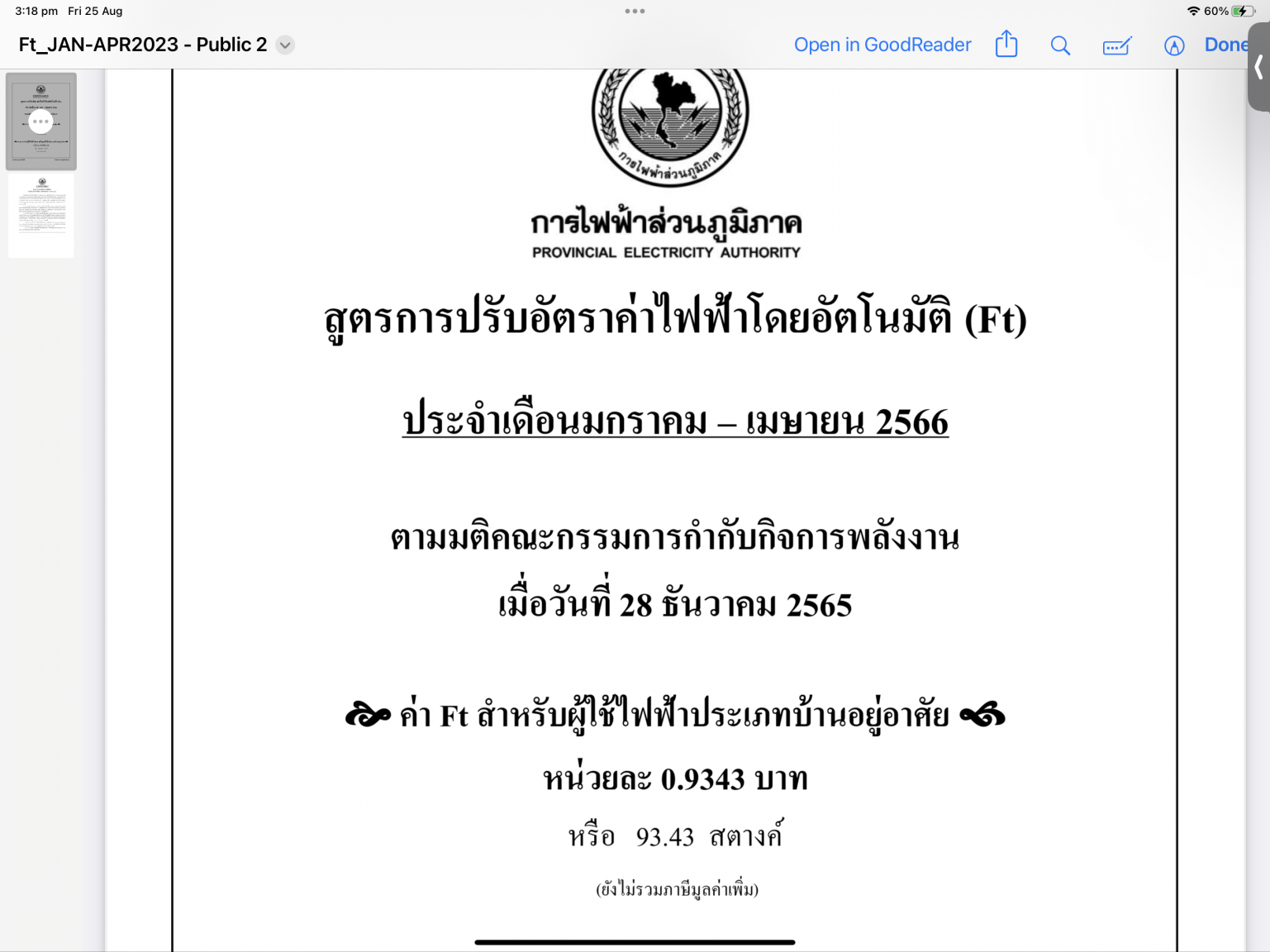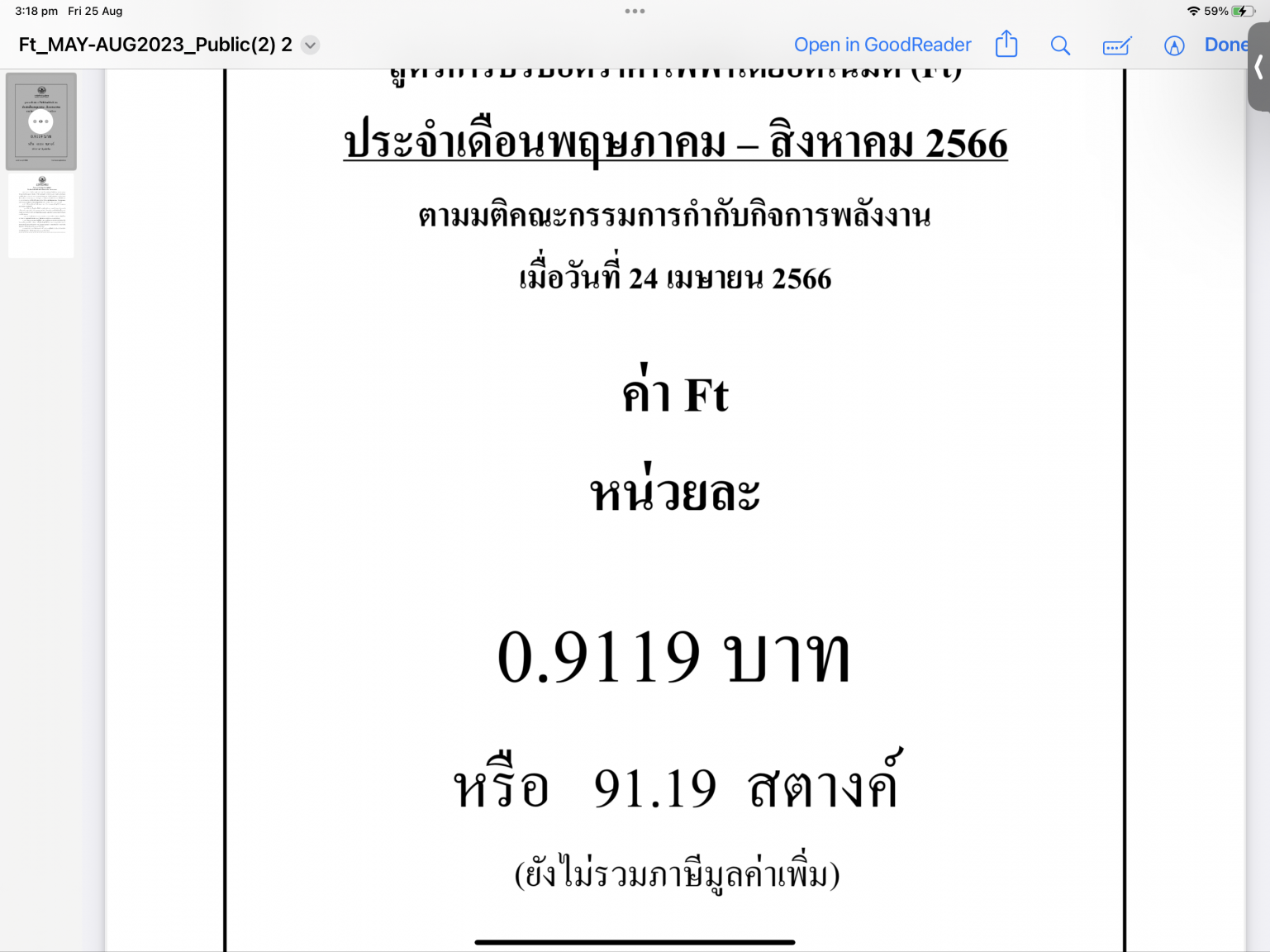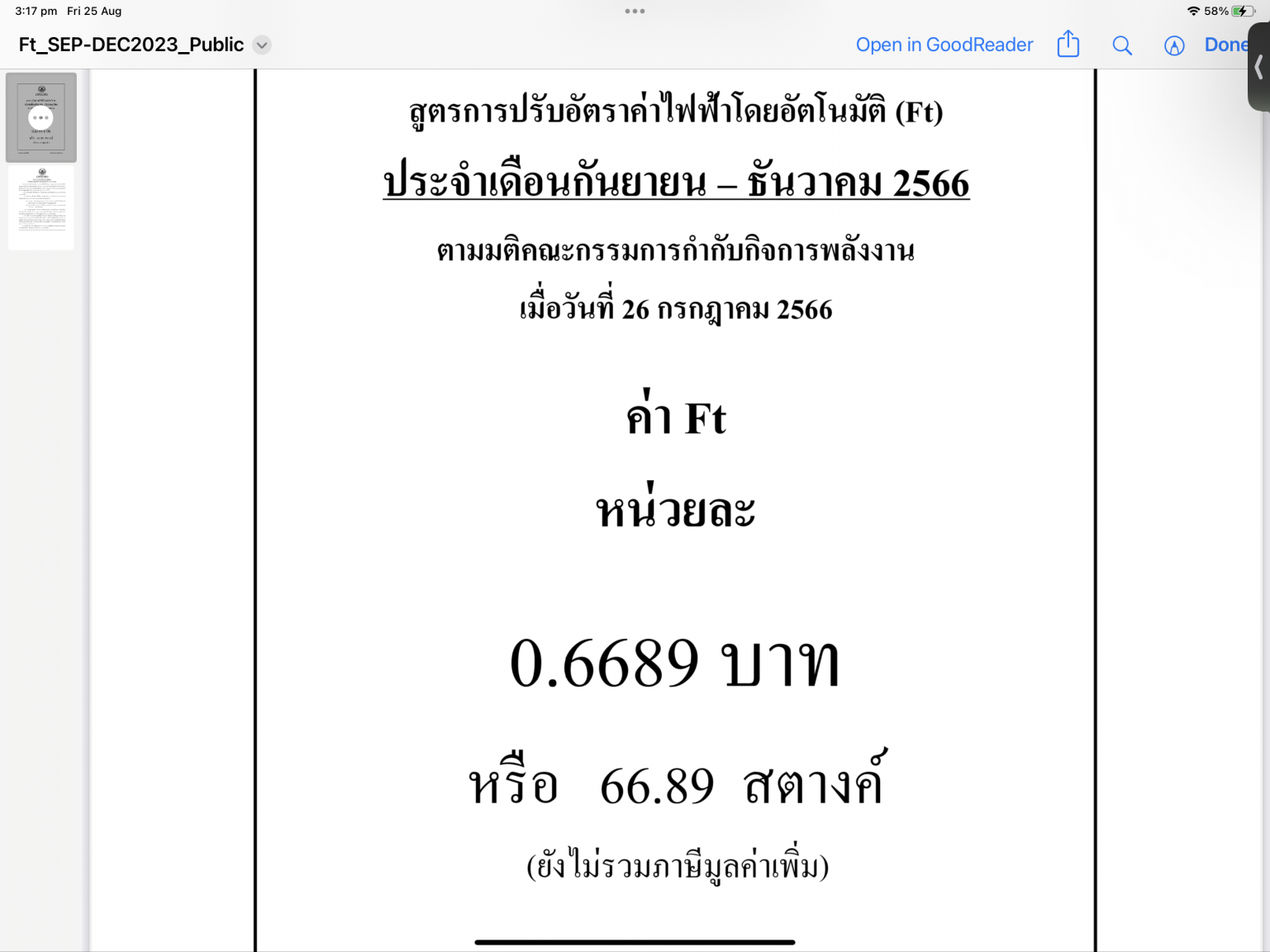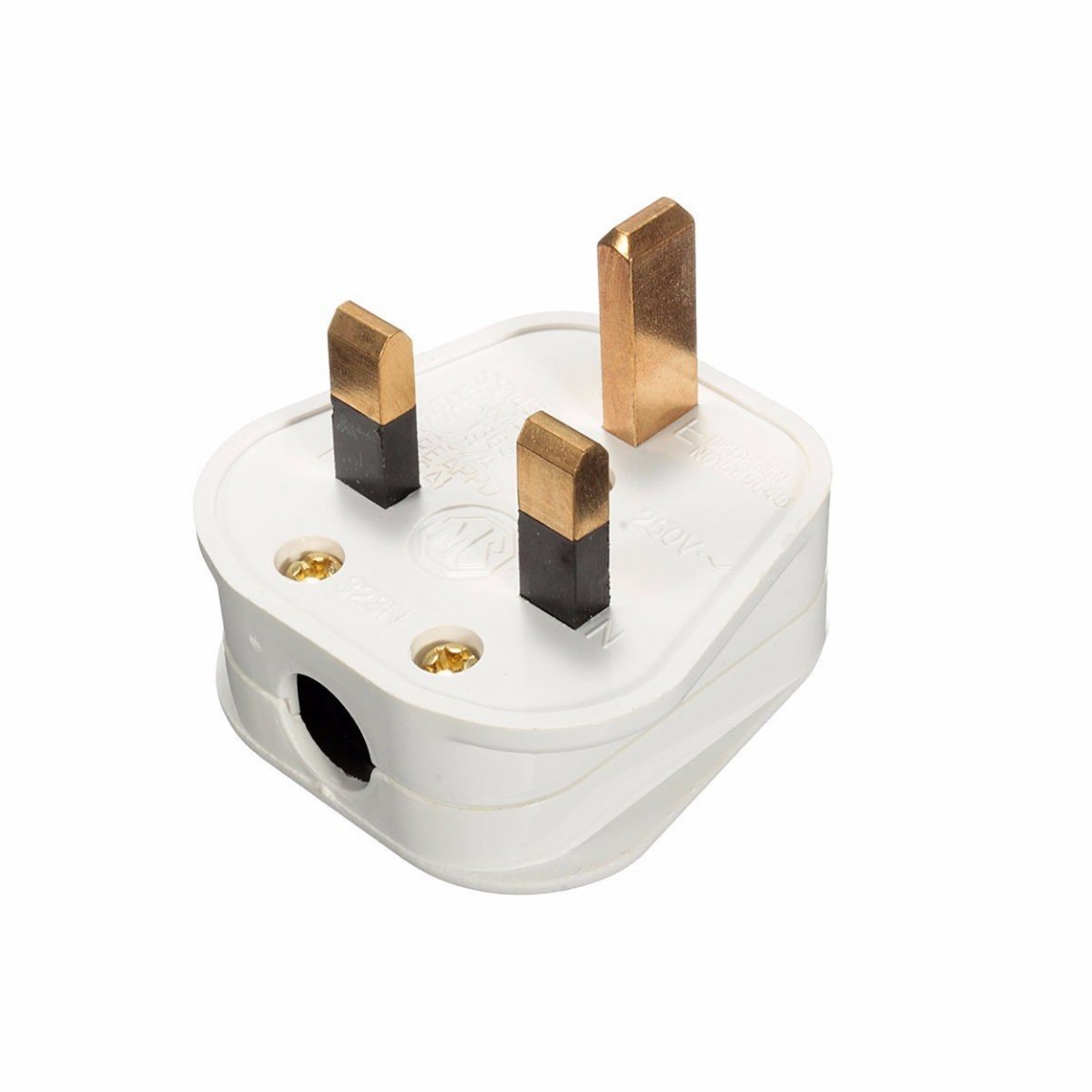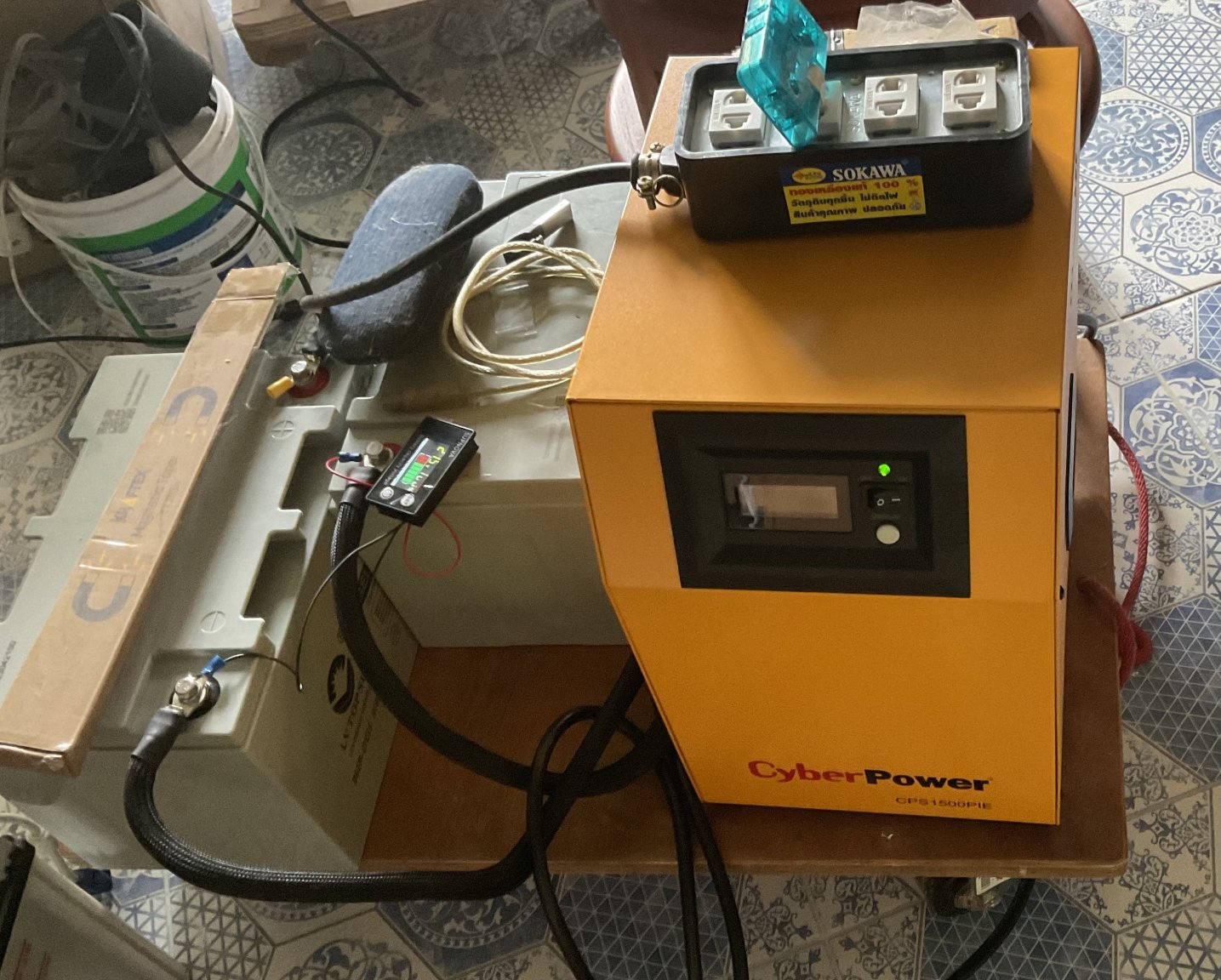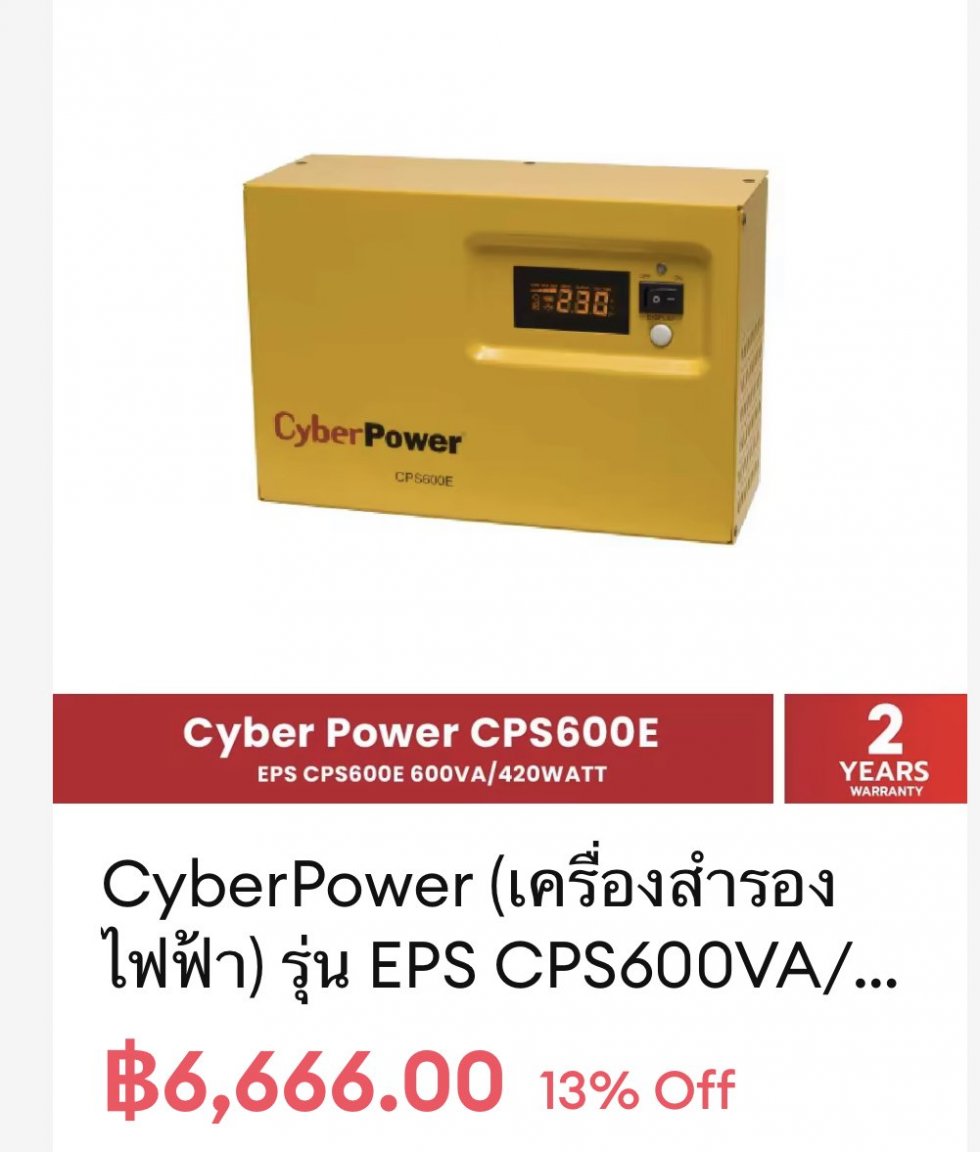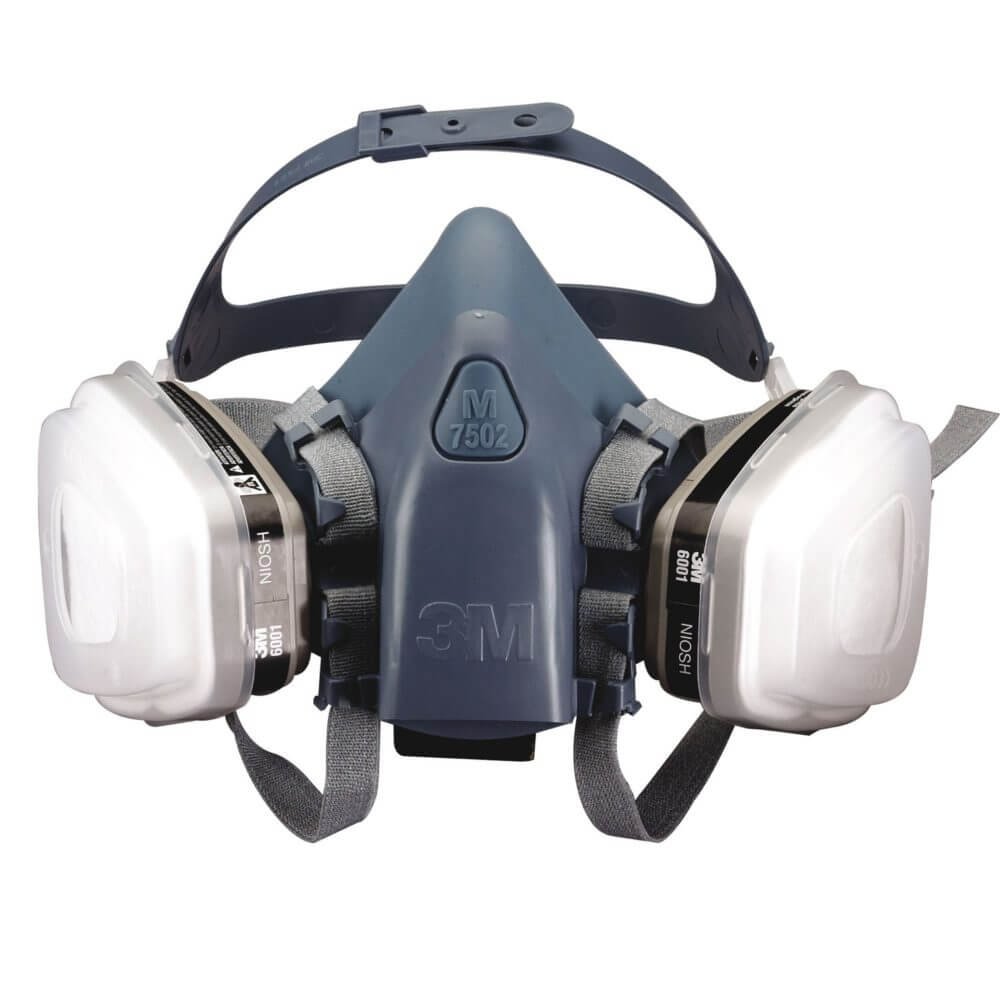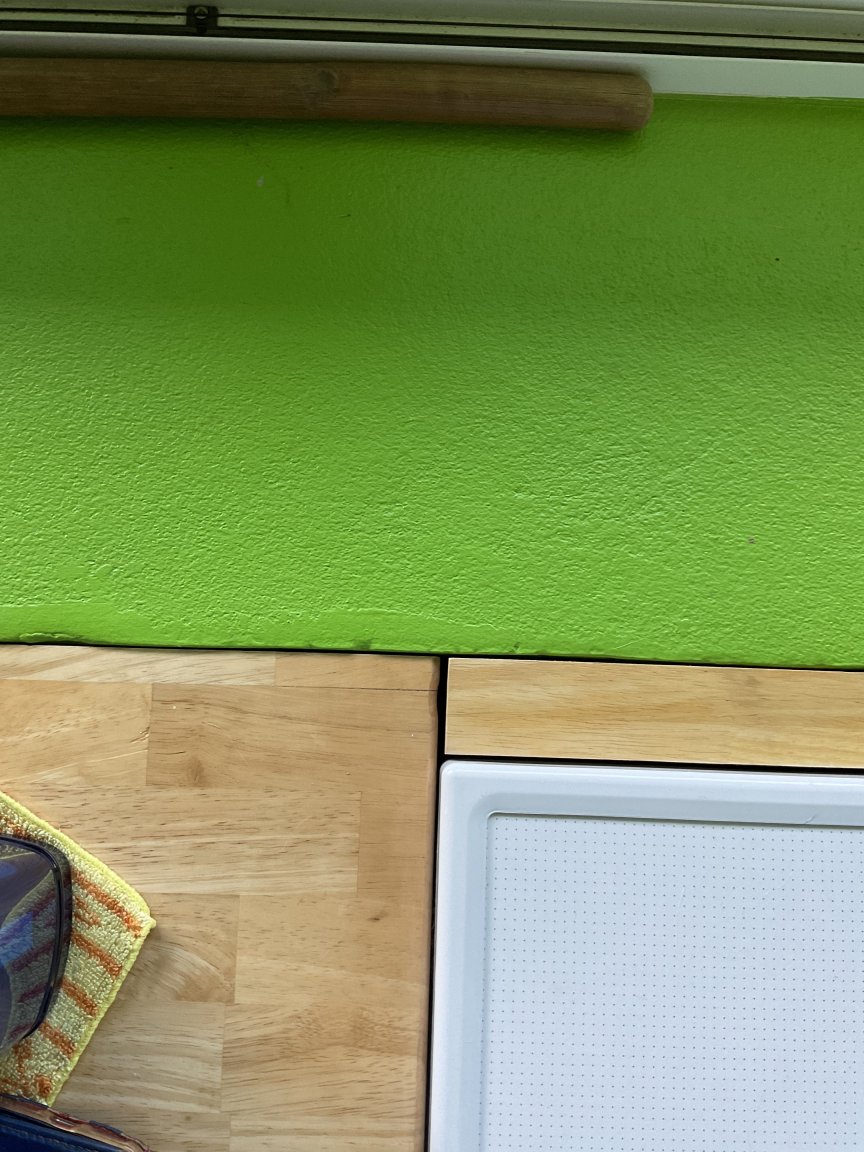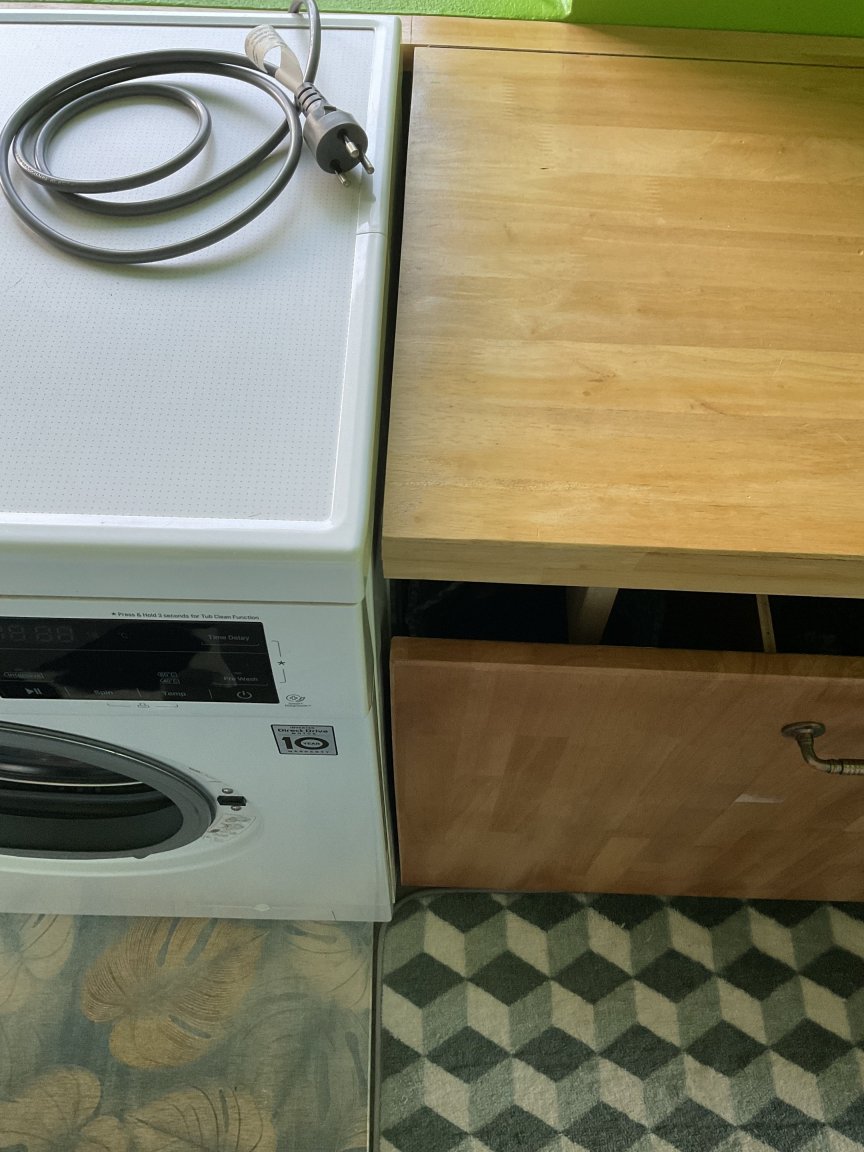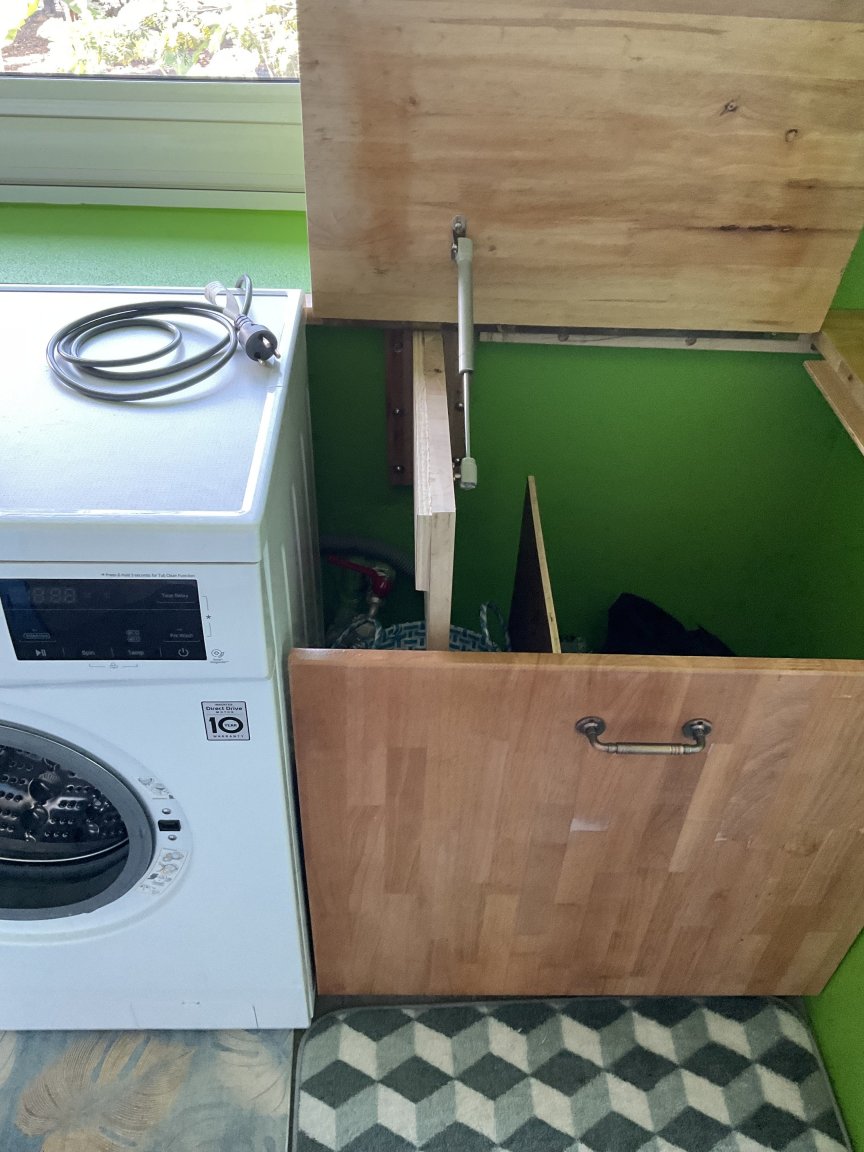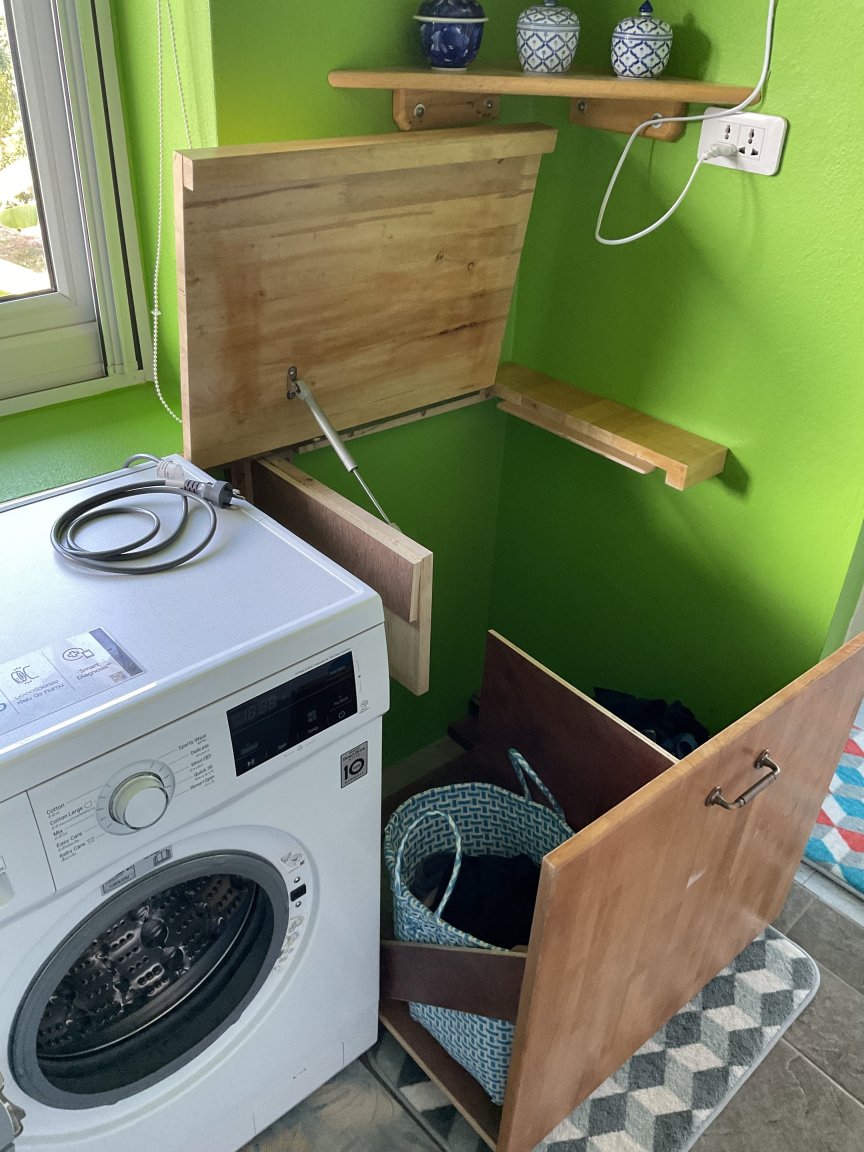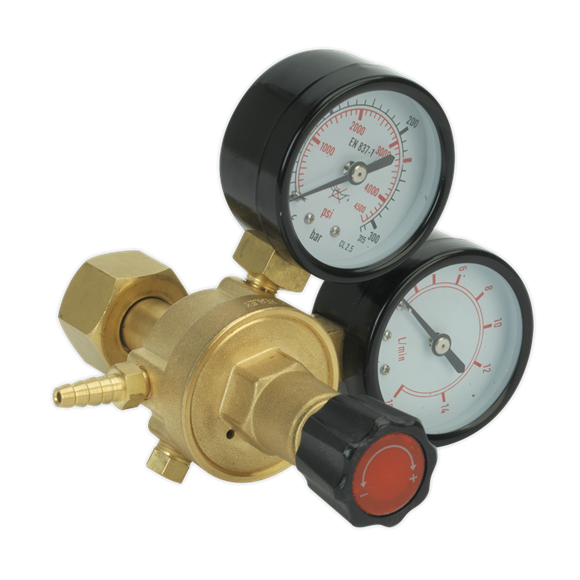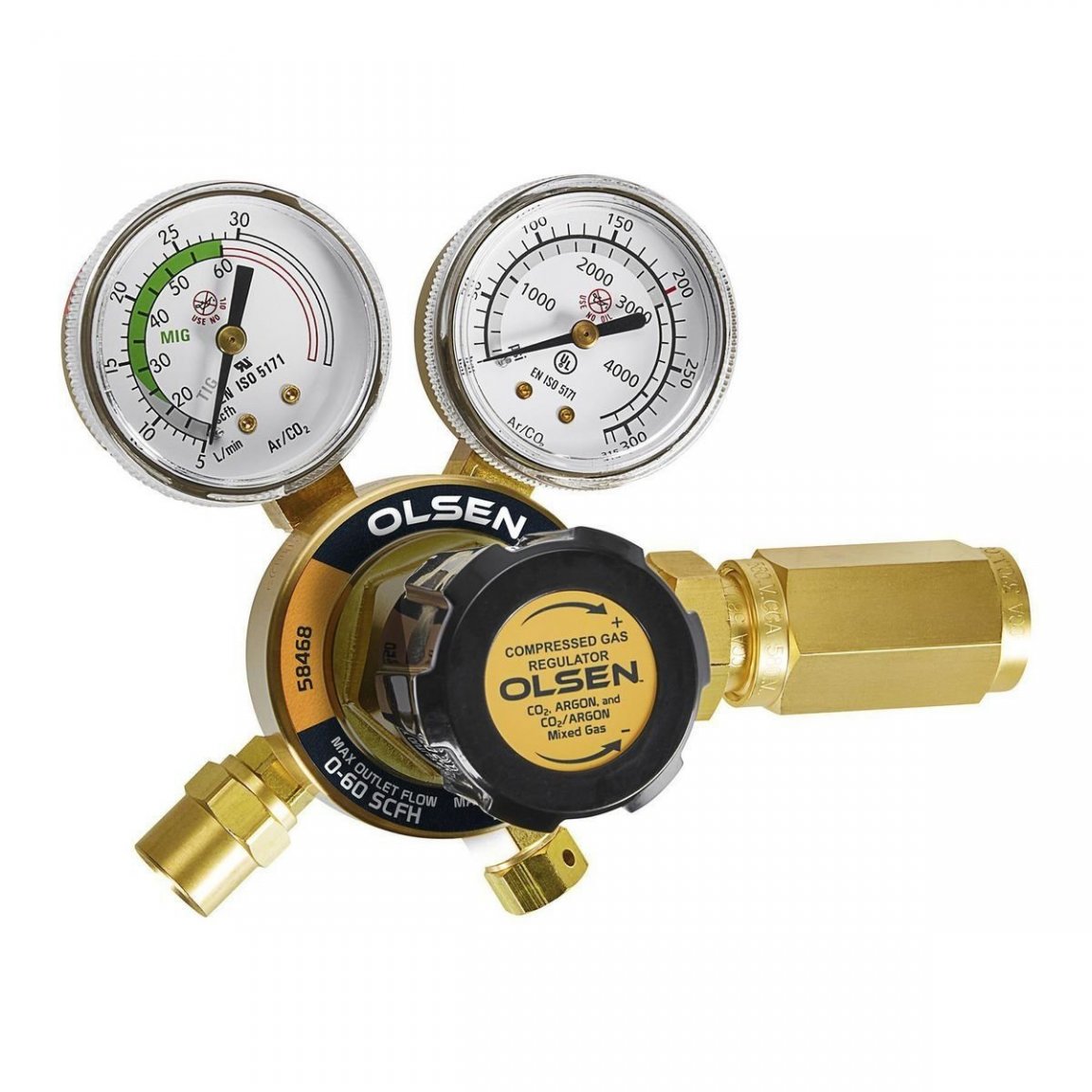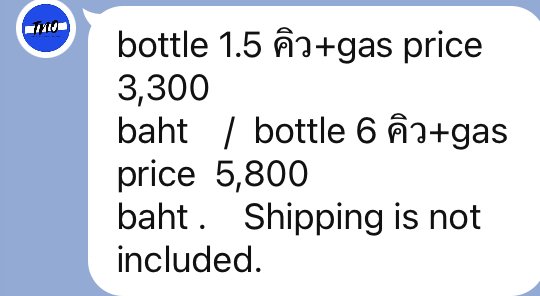-
Posts
10,579 -
Joined
-
Last visited
Content Type
Events
Forums
Downloads
Quizzes
Gallery
Blogs
Everything posted by sometimewoodworker
-
Virtually the only domestic uses where 3 phase power is more efficient are for electric motors, and how many big ones do you have? To take advantage of that you have to either be buying new or get great deals on used equipment, along with having 3 phase outlets or 3 phase routed to the usage points. Neither of these are common unless building new. Also you have the responsibility of balancing the usage of each phase, hardly difficult but rather annoying if you have too many power hungry items on one phase. So in short, if you know the exact layout of your usage and plan meticulously you may be able to install during the build without bumping the costs up enormously, but you need a large installation for it to be a cost effective choice.
-
Neither do I !! However I do have Google translate (lens) both as an app and bookmarked on my browser and so it’s hardly rocket science to throw any photos into it and get a reasonably good to perfect translation, along with the English text with the PEA documents it does give a good guide!
-
Well the picture I showed you did tell you that, as well as my post saying that it will go down. The second one tells you
-
No, not personally, but @Crossy said yes
-
They have gone down. It is in the FT charge and it’s gone down by about 33% highest recently lt then went down to it will go down to
-
Yes, however very few houses have good air tightness, most have sufficient ventilation so that you get sufficient air exchange. There is only one house, I know of, where a heat recovery fresh air ventilation system has been used and (possibly) needed
-
Humidity meters are a worthwhile investment they are cheap and easy to find
-
If you are living in with domestic AC Thailand that statement is 100% totally wrong. Thailand domestic air conditioners are virtually 100% split units. The only thing transferred between the inside and outside unit is heat. There is no transfer of air between the 2 units. They are domestic air conditioners they are not cars. Cars take in a very small amount of outside air even when on recirculate, however even cars transference is not through that actual AC unit itself but through the air ductwork that is designed to allow, or stop, outside air into the cabin. You can get a fresh air exchange system that includes a heat recovery unit that mostly keeps cool air in but it isn’t a split AC
-
For me n need it about 1 degree cooler due to the 1, 2 or 3 little beast who keep me company, usually from about 10pm to around 4am they like the warmth I provide
-

Short small diameter wires with 16A fuse?
sometimewoodworker replied to OneMoreFarang's topic in The Electrical Forum
Again in my experience you won’t even get that, though many PCBs are in fact protected. -

Short small diameter wires with 16A fuse?
sometimewoodworker replied to OneMoreFarang's topic in The Electrical Forum
Few, if any, devices have enough detail for you to find a fuse-able resistor marked as such in the specs, many won’t give you a circuit diagram. You need the ability to recognise what one looks like. You can get an idea if you watch BigClive on YouTube as he regularly reverse-engineers PCBs -

Short small diameter wires with 16A fuse?
sometimewoodworker replied to OneMoreFarang's topic in The Electrical Forum
Oh the fun to be had with unfused plugs. The British plug version avoids all problems like this just add a 3A fuse and Robert is you mother’s brother -
If you want a really robust solution then something like this will do the job, it’s an APC - UPS that is virtually infinitely expandable. This one is a 1500W version the batteries are 55 Ah deep cycle ones, if I want a longer run time I would just add more batteries, if I want more power either add a second 1500W CPS unit or a bigger one. These are the kind of units used in data centres where power loss will kill the business and company. Though they aren’t cheap they are comparable with higher end UPS units. FWIW this unit is about ฿16,000 + batteries and is 24v you can get a lower power one that is 12v it’s output is 420W
-
That is a perfect reason and advertisement for organic filter cartridges in a proper 3M filter mask. I have used them and when working with AAA thinner I can tolerate spraying hours with them but only a minute or two without them. these are the masks, easily available in Thailand.
-

Home ceiling insulations: PE Foam Insulation Type recommended?
sometimewoodworker replied to ElephantEgo's topic in DIY Forum
Would you please explain how fibreglass is susceptible to mould (it is inorganic) how it is unsafe, once placed, and what is the ‘etc’ as I know of none. I am not saying that PE insulation is bad, I haven’t researched it, but think your thoughts on fibreglass are unfounded. -
The problem with the cheap units from China (they all come from there, cheap and not cheap) is that the guns are really quite flimsy. I have had 2 guns fail, but the better guns, that are twice the weight, are really good but you will pay over 600 Baht for 1
-
Well @Pla Simon in my experience it is only the kinds of washing machines that have ever had vibration issues are ones in laundrettes so it would explain why you are making that recommendation, all the domestic machines I have had and used have been relatively vibration, free (yes they vibrate but not much) certainty not a single one has ever needed the clearance the clearance you suggested. FWIW it is actually centripetal force in the washing machine.
-
While you do have a couple of years on me your knowledge is a little lacking. An impact driver is easier to use than the drill-driver illustrated above. It will undo screws in everything your muscle cow above can and others that the muscle cow will not. A drill driver actually requires more strength to resist the torsional forces than an impact driver. I don’t say that you shouldn’t have both I actually have 3 drill drivers 2 hammer drills and 1 impact driver, I regret not having bought the impact driver sooner. The thing with the impact driver is that it can provide enough force to shear of No. 12 screws without you really noticing. DAMHIKT. The drill-driver does have a clutch which the impact lacks but trigger control obviates the need for that.
-
What makes you think that it isn’t manufactured in Asia?
-
There is just 1 harbour freight it’s in the USA the flow meters are just examples, not necessarily the chosen option. one is from the U.K. one from the USA with a diver you NEVER never get under 50 bar when starting your assent you should always surface with a minimum of 30 bar anything less and you f..ed up. Due to the different pressures experienced during the dive though your lung volume doesn’t change the equivalent volume of air if it were at 1 ATM can be as much as 4 times more than usual (given non technical diving) this is why the majority of divers outside the USA reference the actual tank volume not the theoretical volume of air that can be compressed into it. naturally since you don’t worry about an emergency reserve and that you always get the same volume of gas out that you put in welders may well have a different view, and don’t need the math that divers find second nature. Though you do have to be concerned if you are regularly getting lower fill tanks than you expect, possibly 25% less.
-
I’m pretty sure we now understand, though as I said being both non US and a diver I think in terms of the volume available in the cylinder and in litres. Not in the capacity of gas available at 1 bar from it. Abbreviation of volume of gas at 1 bar pressure, whereas US divers and probably other US trades think in the total volume of gas that can be compressed into the bottle or is available from it. U.K. ones do even harbour freight ones do
-
@Yellowtail By 300 ft^3 do you mean 300ft3 and that you meant the uncompressed gas volume? A BOC supply is at either 230 bar or 300 bar, I would expect that to be relatively standard worldwide so would guess that the Thai pressure would be somewhere between 200 and 230 and since I work in metric that would equate to the second to largest size in my illustration. While I can easily see why you would work in 1 bar volume as a welder, as a diver I’m much more familiar with the compressed volumes in litres as the 1 ATM volume is virtually irrelevant due to the differences in volume available being almost infinite. I am with you on the fabrication process being of great interest. on a last point do you have any idea of what the ดิว volume actually is
-
Pine, treated or not, is low grade soft softwood, there are far better easily available timbers available in Thailand. I am unlikely to have a project where treated pine is a better choice than the usual Thai or Thai imported wood. So as I said just because a foreign country can produce a product is usually irrelevant in the Thai market That the vast majority of treated softwood is extremely wet is relevant and correct. That your favourite source is a tiny percentage of the market is relevant and that it probably had to try to get the Chinese market back so was forced into an expensive process is also relevant. As is the Chinese reopening sales from Australia so probably reducing the longer term availability. The reason for the moisture content is that all pressure treatment results in saturated wood and that any drying process is expensive, either in energy or storage space and time. So if you want to be taken seriously rather than an irrelevant commenter, produce quotes for actual timber available in quantity in Thailand of your claimed low moisture content treated pine. I know that many species are imported into Thailand in boutique quantities so they are irrelevant as being vastly expensive, unavailable in quantity and generally used for very high end pieces





